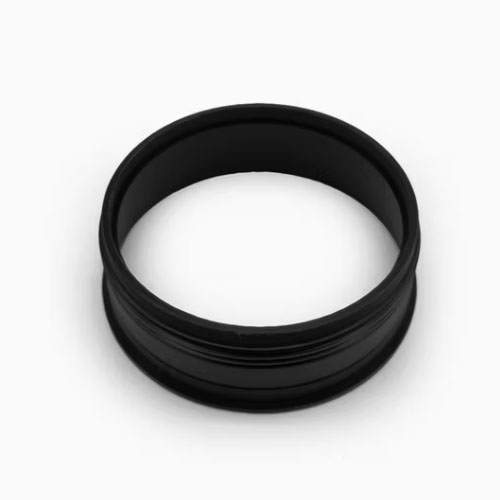
Optimal Temperature Settings for ABS Injection Molding
ABS injection molding is a widely used manufacturing process for producing strong, durable, and impact-resistant plastic parts. To ensure high-quality results, precise temperature control is essential throughout the molding process. Below, we’ll break down the key temperature parameters required for ABS injection molding and discuss their impact on the final product.
1.Barrel Temperature (Melt Temperature)
The barrel temperature plays a critical role in determining the material flow and overall part quality. The recommended temperature range for ABS injection molding is:
210°C – 270°C (410°F – 518°F)
Optimal processing temperature: 230°C – 250°C (446°F – 482°F)
If the temperature is too low, the ABS material may not fully melt, leading to poor flow, short shots, or incomplete filling. On the other hand, excessive heat can degrade the material, causing discoloration, burn marks, or a reduction in mechanical properties. Maintaining the correct barrel temperature ensures a smooth injection process and minimizes defects.
2.Mold Temperature
Mold temperature affects the cooling rate, part shrinkage, and surface finish of the final product. For ABS injection molding, the recommended mold temperature is:
50°C – 80°C (122°F – 176°F)
A higher mold temperature (closer to 80°C) can improve surface gloss, reduce internal stresses, and enhance dimensional stability. However, excessive mold temperature may increase cycle times and production costs. Conversely, a lower mold temperature speeds up cooling but may cause warping or poor surface finish.
3.Nozzle and Injection Temperature
Nozzle temperature: 220°C – 250°C (428°F – 482°F)
Injection speed: Moderate to high, depending on part geometry
The nozzle temperature should be slightly lower than the barrel temperature to prevent drooling and stringing. Proper injection speed is also crucial; too fast can cause flash and burns, while too slow may lead to incomplete filling.
4.Drying Requirements for ABS Resin
Since ABS is hygroscopic (absorbs moisture from the air), proper drying is essential before processing. Moisture contamination in ABS pellets can cause surface defects like silver streaks and bubbles. The recommended drying conditions are:
Drying temperature: 80°C – 90°C (176°F – 194°F)
Drying time: 2 – 4 hours
Using a dehumidifying dryer ensures consistent material quality and prevents defects during ABS injection molding.
5.Injection Pressure and Cooling Time
Injection pressure: 60 – 150 MPa, depending on part complexity
Cooling time: 15 – 60 seconds, based on wall thickness and mold temperature
Proper pressure settings help achieve complete cavity filling without excessive stress on the material. Longer cooling times are necessary for thicker parts to prevent shrinkage and warping.
Conclusion
By carefully controlling barrel temperature, mold temperature, drying conditions, and injection pressure, manufacturers can optimize ABS injection molding to produce high-quality plastic parts. Consistently following these best practices will help reduce defects, improve production efficiency, and enhance product durability.
Would you like further recommendations on specific molding conditions for complex parts or high-volume production?
 DTG Mould Trade Process |
|
| Quote: | According to sample, drawing and specific requirement. |
|---|---|
| Discussion | Mold material, cavity number, price, runner, payment, etc. |
| S/C Signature | Approval for all the items. |
| Advance | Pay 50% by T/T |
| Product Design Checking | We check the product design. If some position is not perfect, or can not be done on the mould, we will send customer the report. |
| Mold Processing | Send report to customer once each week |
| Mold Testing | Send trial samples and try-out report to customer for confirmation |
| Mold Modification | According to customer’s feedback. |
| Balance Settlement | 50% by T/T after the customer approved the trial sample and mould quality. |
| Delivery | Delivery by sea or air. The forwarder can be designated by your side. |
 |
|

